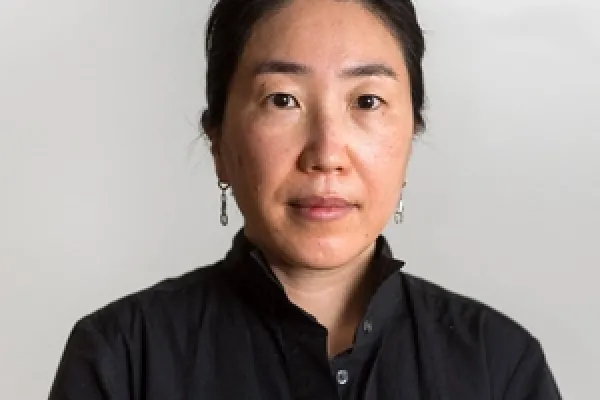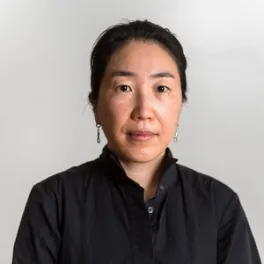
Dr. Nahee Park
Queen University at Kingston
The origin of high-energy particles in our Universe: Update from the multi-messenger observations
Location: 1080 Physics Research Building, Smith Seminar Room
Faculty Host: Keith McBride

Abstract: We have known of the existence of high-energy particles (E> 1GeV) bombarding the Earth since the discovery of cosmic rays in 1912. More than a hundred years after this discovery, we have learned many surprising things about these particles. However, the origin of the cosmic rays remains unclear. This is mainly because high-energy charged particles are deflected by magnetic fields in the Universe. Observations of neutral particles, such as gamma rays and neutrinos, produced during the interactions experienced by cosmic rays around their source regions have been studied to search for these elusive source sites. In recent decades, we have made tremendous progress in finding the origin of cosmic rays with the improved sensitivities of high-energy gamma-ray and neutrino observatories. All three high-energy messengers provide unique information about the environment of the source sites, the acceleration of the particles, and their interactions. Overall, the best way to study the extreme accelerators in our Universe is to combine all of the information available from the different messengers: cosmic rays, gamma rays, and neutrinos. In this colloquium, I will present an overview of current high-energy multi-messenger observations and a glimpse into future perspectives.
Bio: I got my PhD from Ewha Womans University in South Korea (Republic of Korea). My PhD work was estimating the elemental abundance of cosmic rays with energies above 1 TeV/n using the data collected from a series of long-duration balloon experiments, CREAM. After graduation, I worked as a postdoctoral scholar and later as a research scientist at the University of Chicago. I initially worked for CREST, a cosmic-ray balloon experiment designed to measure TeV electrons by detecting geo-synchrotron radiation. I joined VERITAS in 2010 to study the origin of hadronic accelerators in our Galaxy through very-high-energy gamma-ray observations. I moved to the University of Wisconsin-Madison as a John Bahcall fellow in 2017, where I worked on high-energy neutrino astrophysics using data from the IceCube high-energy neutrino observatory and designing improved optical modules for future neutrino telescopes. Now, I am at Queen’s University at Kingston as an assistant professor, excited to continue exploring the dynamics of high-energy particles in our Universe with combined knowledge from many different types of messengers. I am working on HELIX, a balloon payload to measure cosmic ray isotopes, VERITAS, and IceCube.
